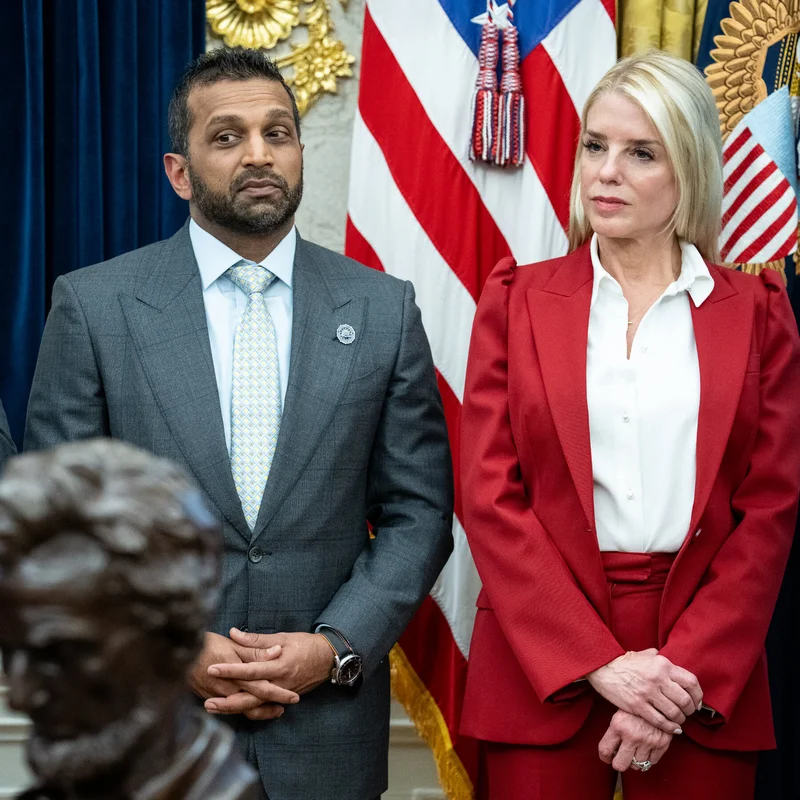Table of Contents
- Ken Burns Opens a New Front in the History Wars
- What the Documentary Actually Shows
- Whose Voices Are Included?
- Walking a Political Tightrope
- How Audiences Are Reacting
- Sources
Ken Burns Opens a New Front in the History Wars
Ken Burns’ latest project—The American Revolution, a sweeping 12-hour PBS documentary—drops into a nation more divided than at any time since, well, the Revolution itself. With culture wars raging over how U.S. history should be taught and remembered, Burns isn’t just revisiting the past. He’s stepping into the present-day crossfire.
Yet, in a telling sign of the times, Burns has made one thing clear: he doesn’t want to talk about President Trump. Not directly, anyway. Instead, he’s betting that a nuanced, emotionally rich retelling of America’s founding might just be the antidote to today’s polarization.
What the Documentary Actually Shows
Funded at over $30 million and six years in the making, The American Revolution doesn’t shy away from uncomfortable truths. While it honors the drama of Bunker Hill and Yorktown, it also spotlights the Sullivan Campaign’s scorched-earth tactics against Native nations and the broken British promise of freedom to enslaved people who fought for the Crown.
Using more than 18,000 historical images, CGI battle maps, and hundreds of re-enactors filmed in all weather, the documentary blends Burns’ signature “pan-and-zoom” style with fresh cinematic techniques. The result? A Revolution that feels less like a marble statue and more like a messy, human struggle.
Whose Voices Are Included?
One of the film’s boldest moves is its expansive cast of narrators—61 voice actors channeling nearly 150 historical figures. Yes, George Washington and Thomas Jefferson speak. But so do washerwomen, Black soldiers, German mercenaries, loyalists, and Seneca leaders.
“They weren’t bad people,” Burns says of loyalists. “They were just what we would call conservatives.” That line alone hints at the documentary’s deeper mission: to complicate the myth of a unified founding and show that division has always been part of the American story.
Historians like Annette Gordon-Reed and Ned Blackhawk helped shape the narrative, ensuring that slavery, Indigenous displacement, and gender roles aren’t footnotes—but central themes.
Walking a Political Tightrope
Burns’ timing is anything but accidental. With Trump calling for “patriotic” history and Congress cutting PBS funding in 2025, the documentary arrives as both cultural artifact and quiet protest.
Yet Burns insists he’s not making a political statement. On podcasts from Joe Rogan to Theo Von, he’s framed the film as “inspiration with content”—a story that acknowledges darkness while still celebrating democratic ideals.
Even his promotional tour avoids red-blue binaries. He’s spoken at West Point, Monticello, and rural Texas towns alike, always returning to one refrain: “This is about putting the ‘us’ back in U.S.”
How Audiences Are Reacting
Early screenings suggest Burns may have struck a chord. At the Telluride Film Festival, a quote about British troops in Boston drew spontaneous applause—proof, Burns said, that historical parallels resonate deeply.
Historians involved describe the film as a “head and heart synthesis.” Viewers on the right appreciate its reverence for Washington; those on the left value its unflinching look at systemic injustice. Whether it can truly bridge divides remains to be seen—but in an age of algorithmic outrage, the attempt itself feels radical.



